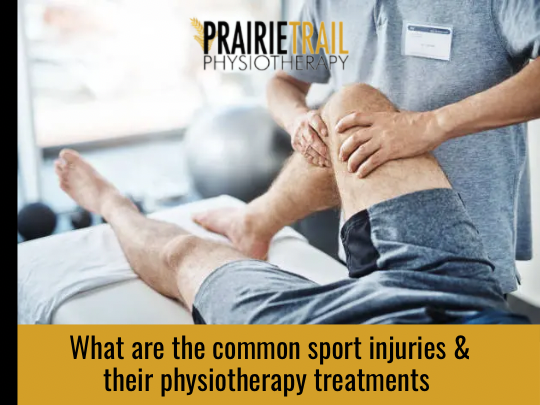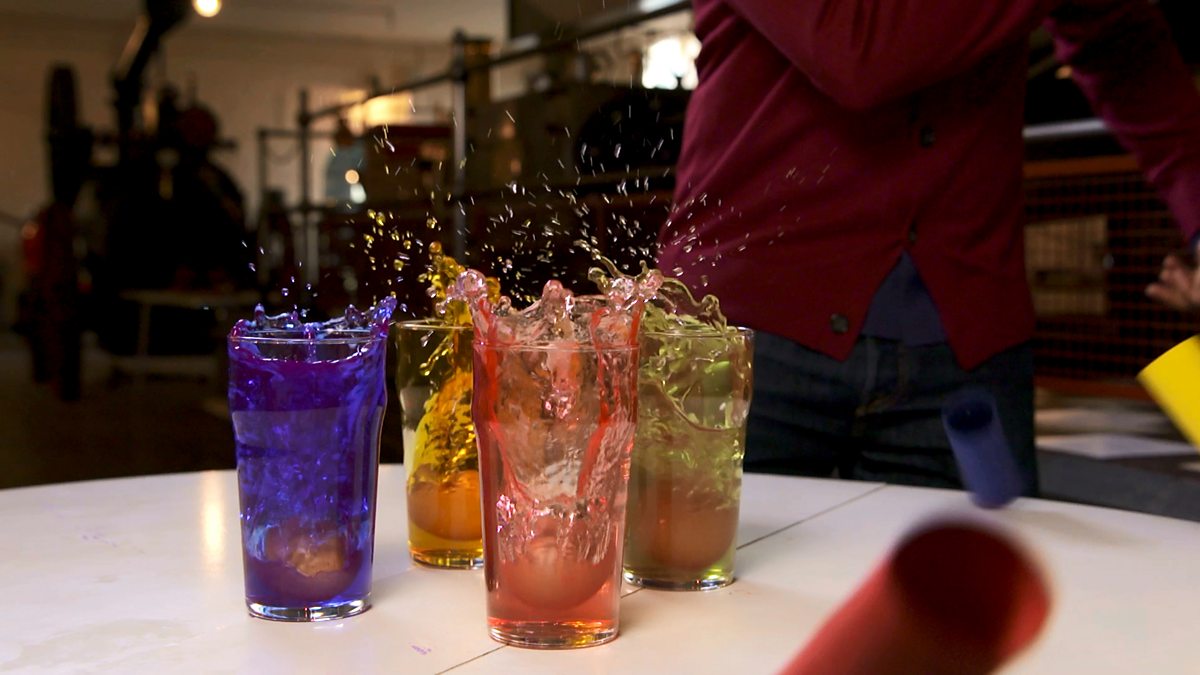Discover Pandipedia
Pandipedia is the world's first encyclopaedia of machine generated content approved by humans. You can contribute by simply searching and clicking/tapping on "Add To Pandipedia" in the answer you like. Learn More
Expand the world's knowledge as you search and help others. Go you!

Android was designed to be a free open operating system with the goal of bringing people online.
Sundar Pichai[1]
We really want to lower the barrier for adoption, helping bring hundreds of millions of people online.
Sundar Pichai[1]

The phone is beginning to be a computer that's with you everywhere.
Benedict Gomes[2]
Commercial intent, we resolve definitionally, which is if an advertiser is willing to advertise on it.
Jerry Dischler[5]
One of the most important things to me is I would look at this and I would say, of the four columns, Android is the most important.
Jon Tinter[7]
Let's look at alternatives:
- Modify the query.
- Start a new thread.
- Remove sources (if manually added).
- Request a manual search from our human research team.
Introduction
Deep Residual Networks (ResNets) have revolutionized the way we construct and train deep neural networks. They tackle the problem of vanishing gradients in neural networks by introducing skip connections, allowing gradients to flow more easily and enabling the training of very deep models. This blog post synthesizes findings from the paper 'Identity Mappings in Deep Residual Networks' to highlight key innovations and implications in deep learning architecture.
Background on Residual Networks
Residual Networks utilize a fundamental building block called a 'Residual Unit.' The basic formulation of a Residual Unit is represented as:
[ y_l = h(x_l) + F(x_l, W_l) ]
[ x_{l+1} = F(y_l) ]
Where ( x_l ) is the input, ( h(x_l) ) is an identity mapping, and ( F(x_l, W_l) ) represents the residual function with weights ( W_l ). This design allows a direct path for the signal to travel through layers, supporting both forward and backward propagations effectively, which is critical for optimizing deep networks[1].
The Role of Identity Mappings
The core concept in this research emphasizes the importance of identity mappings within residual units. The paper argues that if ( F ) behaves like an identity mapping, the gradient ¬can propagate seamlessly. This is essential, as it allows the deeper layers to train effectively without suffering from vanishing gradient issues. The authors propose modifications to traditional ResNet architectures to better capture these identity mappings, resulting in improved performance on various tasks[1].
Experimental Insights
The research presents extensive experiments, particularly using the CIFAR-10 dataset, which indicate that certain architectures facilitate easier optimization and lower error rates. One notable observation is that deeper networks, like the 110-layer ResNet, showcase significant error reduction when identity mappings are integrated optimally, enhancing performance by preventing overfitting and alleviating the challenges of training deep networks[1].
![Table 1. Classification error on the CIFAR-10 test set using ResNet-110 [1], with different types of shortcut connections applied to all Residual Units. We report “fail” when the test error is higher than 20%. Table 1. Classification error on the CIFAR-10 test set using ResNet-110 [1], with different types of shortcut connections applied to all Residual Units. We report “fail” when the test error is higher than 20%.](https://askpandipro.s3.amazonaws.com/users/48/documents/168/tables/0.png?AWSAccessKeyId=AKIAQT4QH3CHNPX5WHX7&Signature=0CFJYYQcpoILAz2auvthi3gLrXo%3D&Expires=1751043412)
Effects of Activation Functions
An important aspect discussed in the paper is the influence of activation functions on the performance of residual networks. Traditional designs often use ReLU (Rectified Linear Unit) activation post addition. However, this can lead to suboptimal situations where the output can become very negative or the gradient diminishes. Instead, the authors explore the concept of using activation functions before addition, referred to as 'pre-activation.' This architectural change results in consistently lower error rates across various networks, suggesting better representation capabilities and optimization efficiency[1].

Various Shortcut Connections
The research also investigates different types of shortcut connections in Residual Units. These include constant scaling, exclusive gating, and dropout shortcuts. The findings illustrate that while simpler shortcuts like the identity mapping are effective, more complex gating mechanisms do not consistently yield performance improvements. Instead, they may hinder learning in deep networks due to the added complexity[1].
Performance Metrics
In their experiments, the authors provide detailed comparisons across several models, emphasizing the following key findings:
The original Residual Unit offers competitive performance, showing a significant lead over simpler architectures.
The 'pre-activation' model consistently outperforms traditional designs across various datasets, including CIFAR-10 and CIFAR-100, achieving lower error rates and demonstrating better training convergence characteristics[1].

Conclusion
The insights from 'Identity Mappings in Deep Residual Networks' underline the centrality of identity mappings and the innovative design of residual units in enhancing deep learning architectures. By allowing gradients to flow unhindered, they enable deeper networks to learn more effectively and achieve better performance.
The exploration of activation functions and shortcut connections expands our understanding of how different architectural choices can significantly impact the learning and convergence of deep neural networks. This work not only enriches theoretical foundations but also provides practical guidelines for designing efficient deep learning models in various applications, paving the way for future advancements in the field of artificial intelligence and machine learning[1].
Let's look at alternatives:
- Modify the query.
- Start a new thread.
- Remove sources (if manually added).
- Request a manual search from our human research team.
Get more accurate answers with Super Search, upload files, personalised discovery feed, save searches and contribute to the PandiPedia.
Let's look at alternatives:
- Modify the query.
- Start a new thread.
- Remove sources (if manually added).
- Request a manual search from our human research team.
Let's look at alternatives:
- Modify the query.
- Start a new thread.
- Remove sources (if manually added).
- Request a manual search from our human research team.

Professional sports, characterized by high-intensity physical exertion and risk of injury, frequently lead to various types of injuries. Understanding these common injuries and their treatment methods is essential for athletes, coaches, and sports enthusiasts alike.
Types of Common Sports Injuries
Sprains and Strains
:max_bytes(150000):strip_icc()/GettyImages-1012118058-0d5b34c8d59a4cf2b7c9bfc7cc3259e7.jpg)
One of the most common injuries across all sports is sprains, which involve the stretching or tearing of ligaments, and strains, which affect muscles or tendons. For instance, ankle sprains are prevalent and occur when the ligaments supporting the ankle stretch or tear, often due to rolling the foot in an unnatural direction[4]. Hamstring strains frequently happen in sports requiring explosive starts or sudden stops, and are particularly common in sports like soccer and basketball[6].
Soft Tissue Injuries
Injuries to soft tissue, including tears in muscles, tendons, or ligaments, are frequently encountered. Knee injuries such as meniscal tears and anterior cruciate ligament (ACL) tears are common in sports that involve a lot of pivoting and sudden directional changes like football and basketball[5]. Tendinitis, such as Achilles tendinitis and patellar tendinitis, arises from repetitive strain on tendons and is prevalent among runners and jumpers[2][4].
Head Injuries
Concussions are significant concerns in contact sports, resulting from impacts to the head that can lead to cognitive impairment. The symptoms may range from confusion and headache to dizziness and memory issues[1][6]. Immediate medical evaluation is critical following any head trauma to prevent serious long-term effects.
Fractures and Dislocations
Fractures, or broken bones, can occur from sudden impacts or falls and are particularly common in contact sports[4]. Dislocations happen when bones in a joint are forced out of position, commonly seen in shoulders and fingers during high-contact situations. The treatment for both fractures and dislocations often requires immobilization and sometimes surgical intervention[2][5][4].
Overuse Injuries
Chronic injuries develop over time due to repetitive stress on specific body parts. Conditions such as shin splints, stress fractures, and carpal tunnel syndrome fall into this category and are often seen in athletes who engage in high-impact activities without proper recovery[2][6].
Treatment Options for Sports Injuries
Initial Management: R.I.C.E. Protocol
The initial treatment for most acute injuries generally follows the R.I.C.E. method—Rest, Ice, Compression, and Elevation. This approach helps minimize swelling and pain immediately after the injury occurs[4][6]. Resting the injured area, applying ice to reduce inflammation, using compression bandages to support the area, and elevating the injured limb are fundamental steps in managing acute injuries effectively.
Medical Evaluation

If symptoms persist or worsen despite initial treatment, seeking medical attention is crucial. Health care providers will evaluate the injury, often requiring diagnostic imaging (X-rays, MRI) to determine the extent of the injury and to rule out fractures or further soft tissue damage[2][4][6].
Rehabilitation

Physical therapy plays a vital role in recovery from most sports injuries. A structured rehabilitation program involving strength training, flexibility exercises, and gradual return to activity is essential to prevent recurrence[4][5]. For instance, athletes recovering from ACL injuries will undergo specific exercises aimed at rebuilding strength and stability in the knee joint[6].
Surgical Intervention
Some injuries, especially severe ligament tears or fractures, may require surgical repair. Decisions regarding surgery depend on the location and severity of the injury and the athlete's level of competition[5]. A specialist can provide options based on the athlete's individual circumstances.
Prevention Strategies

To minimize the risk of injuries, athletes are encouraged to engage in proper warm-up and cool-down routines, strength training, and agility drills. Wearing appropriate athletic gear and ensuring that equipment fits correctly also reduce the likelihood of injuries[4][5]. Additionally, athletes should listen to their bodies and allow adequate recovery time post-injury to avoid overuse issues[6].
Conclusion
Sports injuries are a common part of athletic endeavors, impacting participants at all levels. Understanding the types of injuries, their symptoms, and treatments can help in effectively handling incidents and ensuring a safe return to play. Maintaining proper training routines and preventive measures is essential for minimizing the occurrence of injuries during sports activities.
Let's look at alternatives:
- Modify the query.
- Start a new thread.
- Remove sources (if manually added).
- Request a manual search from our human research team.

The availability of defaults, however, introduces a strong element of price competition
Kevin M. Murphy[1]
There's competition among the search providers to be the default, and that is price competition.
Kevin M. Murphy[1]

Normally if I want you to buy more of something, I just give you a lower price.
Kevin M. Murphy[1]
If Google didn't enter into exclusive agreements, Microsoft and Yahoo! would be able to get some of those contracts.
Mr. Barton[2]
Microsoft would have a greater incentive to invest in its search engine.
MR. DINTZER[2]
Let's look at alternatives:
- Modify the query.
- Start a new thread.
- Remove sources (if manually added).
- Request a manual search from our human research team.
Get more accurate answers with Super Search, upload files, personalised discovery feed, save searches and contribute to the PandiPedia.
Let's look at alternatives:
- Modify the query.
- Start a new thread.
- Remove sources (if manually added).
- Request a manual search from our human research team.

Newton's first law of motion, also known as the law of inertia, states that an object at rest stays at rest, and an object in motion continues to move at a constant speed in a straight line unless acted upon by an unbalanced force. This means that objects behave predictably; they will not start moving or change their motion unless a force causes them to do so. For example, a ball will not roll off a table unless a force acts upon it, such as being kicked, and a moving object will not alter its speed or direction without an external force acting on it[2][3][5].
The law incorporates two key ideas:
An object at rest cannot move unless a force is applied.
An object moving at a constant speed cannot change its speed or direction without an unbalanced force acting upon it[3][4].
In essence, this law signifies that forces need to be unbalanced in order to change an object's state of motion[1][5].
Let's look at alternatives:
- Modify the query.
- Start a new thread.
- Remove sources (if manually added).
- Request a manual search from our human research team.

One of Apple's goals is to provide the best product and experience for its users, striving to deliver the most accurate answers in default searches like Spotlight or Siri, while also using a variety of sources beyond just search engines[1][3]. Additionally, Apple aims to have the power to choose whether to include Google as the default search engine on its devices, seeking the option without being obligated to do so[2][4].
Moreover, Apple emphasizes customer interests over revenue, actively diverting certain searches from Google to prioritize user satisfaction and privacy[3]. This reflects their commitment to enhancing the overall user experience.
Let's look at alternatives:
- Modify the query.
- Start a new thread.
- Remove sources (if manually added).
- Request a manual search from our human research team.
Let's look at alternatives:
- Modify the query.
- Start a new thread.
- Remove sources (if manually added).
- Request a manual search from our human research team.
